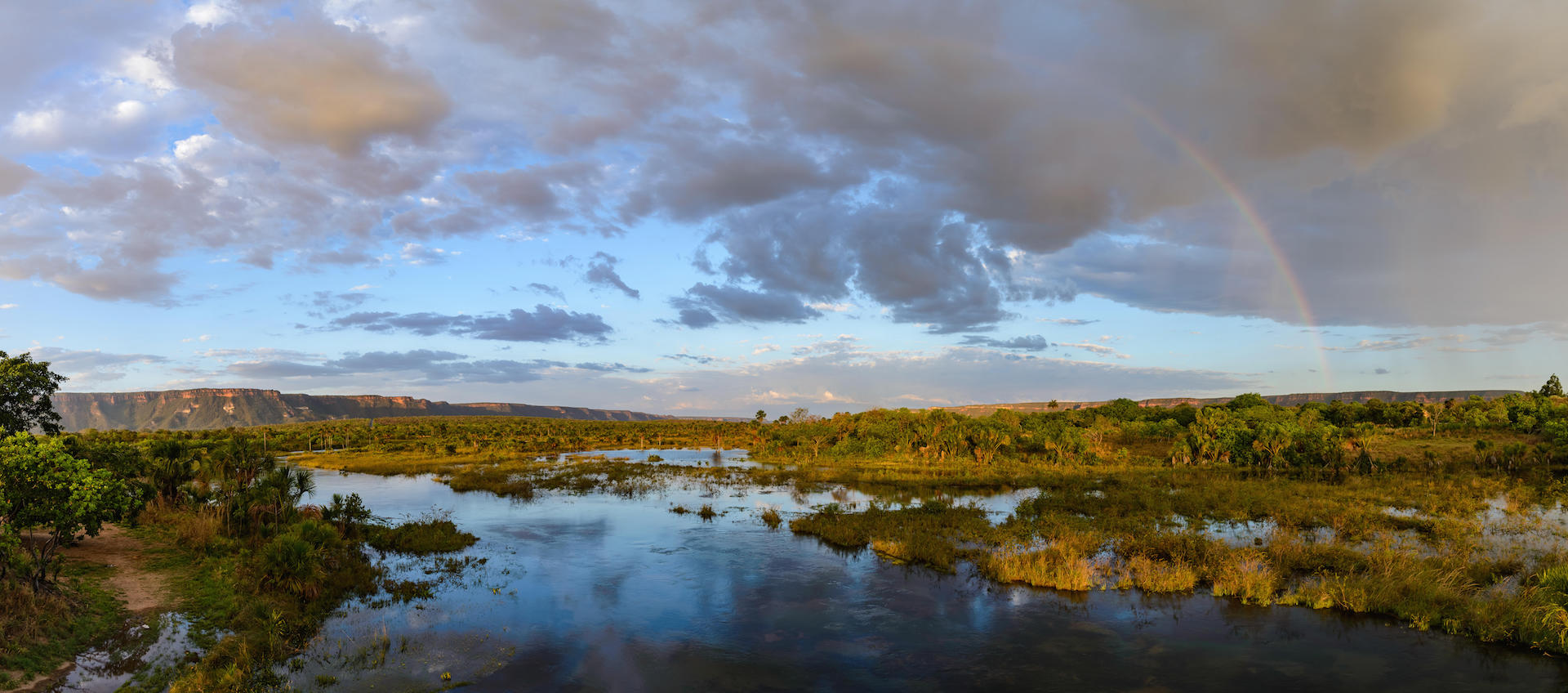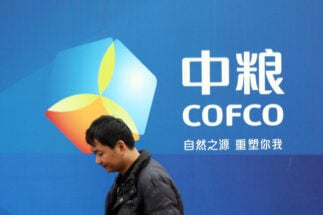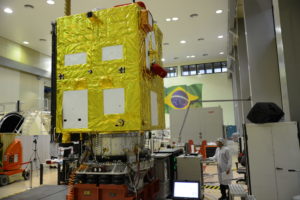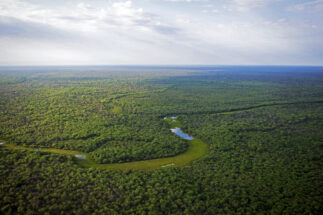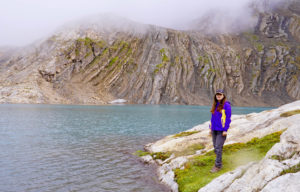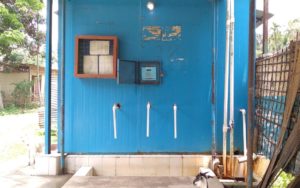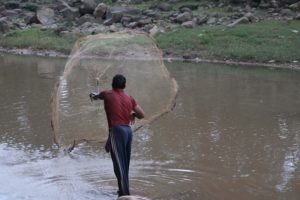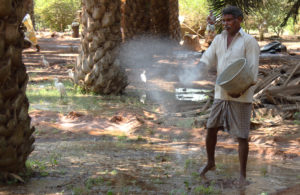The Cerrado – the world’s most biodiverse savannah – is on the verge of losing its two main deforestation monitoring and remote sensing systems, run by the National Institute for Space Research (Inpe). This brings risks to the ongoing conservation of a vital cradle of water that has already lost more than half of its original vegetation, mainly due to the advance of industrial-scale agriculture.
The Deter programme, which generates deforestation alerts, almost in real time, only has funding until the end of August. Meanwhile, Prodes, the annual inventory of native vegetation loss, has funds until December.
The World Bank’s Forest Programme (FIP) provided the financial resources that supported Inpe’s Deter-Prodes team dedicated to monitoring Cerrado deforestation. Some R$56.49 million (US$10 million, adjusted for inflation) enabled the creation of a historical Prodes dataset, dating back to 2000. Alerts from Deter are recorded as of 2018.
“There is no guarantee that this data will continue to be updated,” says Cláudio Almeida, coordinator of Inpe’s deforestation programme for the Amazon and other biomes.
Almeida says he has sought resources from the science ministry’s National Fund for Scientific and Technological Development, but there are no guarantees. The budget for Inpe’s deforestation monitoring programme is exclusive to an area defined as the Legal Amazon.
Internationally, few initiatives capture the dynamics of deforestation in the Cerrado, unlike what happens in the Amazon
The end of monitoring Cerrado deforestation not only risks the integrity of its native vegetation but also Brazil’s water supply. The Cerrado is home to eight of Brazil’s 12 hydrographic regions and the sources of major rivers, such as the São Francisco, Araguaia, Parnaíba, Xingu, and Jequitinhonha.
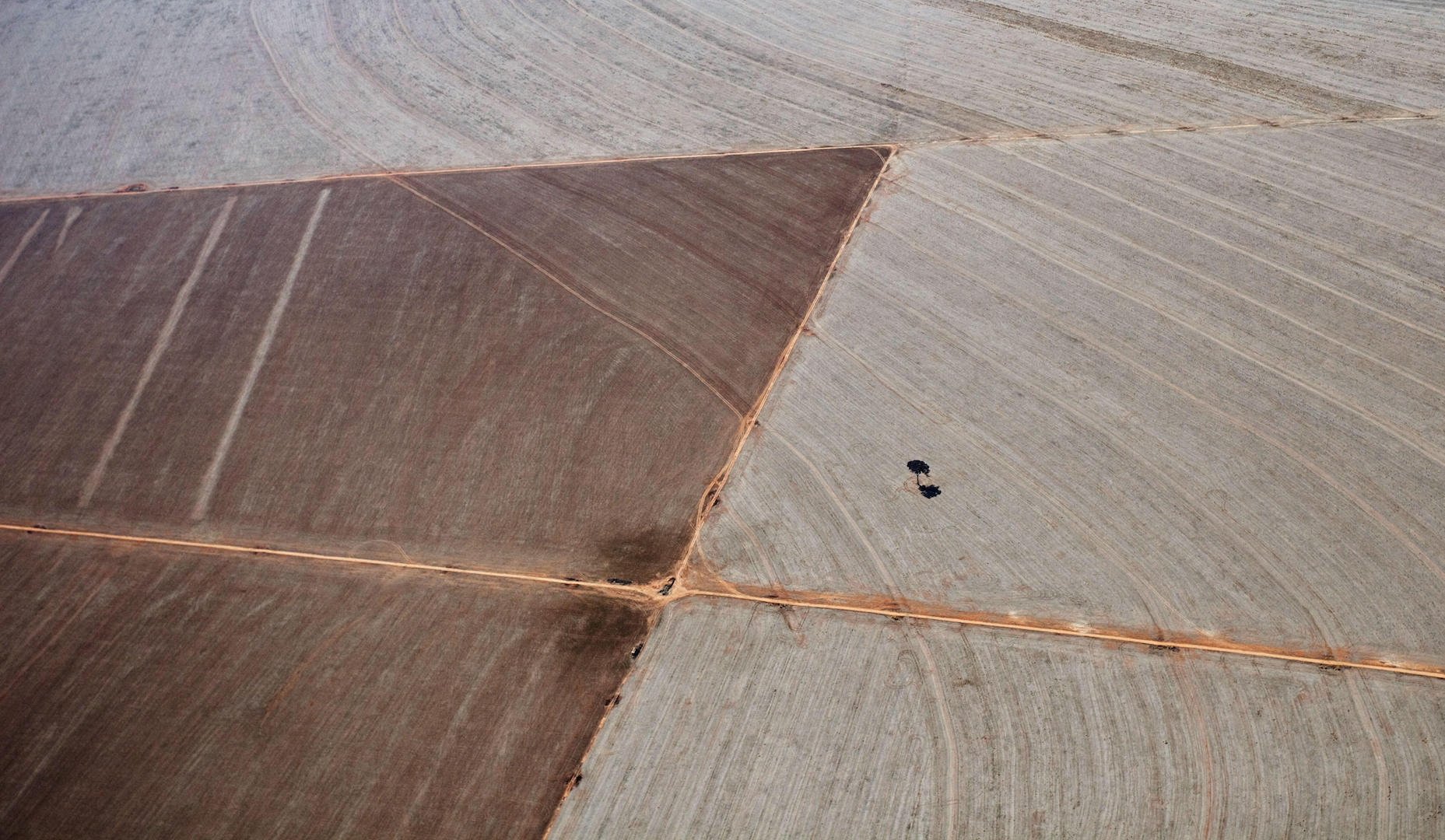
Yuri Salmona, a geographer and director of the Cerrados Institute, explains that the biome is a kind of tank that stores water in deep soils. Rainwater infiltrates the soil through tree roots, is stored, and in dry periods released little by little. This is an essential process for maintaining the country’s water supply.
Without trees and shrubs with deep roots that form an underground forest, runoff is superficial. Water infiltration and underground storage decrease.
“With the effect of climatic events that limit rainfall, global warming that increases evaporation, and the high consumption of water for irrigation of crops like soy during the dry season, we overexploit the biome leaving energy generation and the country’s water supply vulnerable,” Salmona says.
Water risk will also affect agribusiness, which has been expanding its footprint in the region since the 1970s.
7,340km2
of the Cerrado's native vegetation was lost in 2020, an increase of 13% on the previous year
In 2020 alone, the Cerrado lost 7,340 km2 of native vegetation, an increase of 13.6% compared to 2019, when 6,483 km2 were deforested, according to Prodes data. Soy was the main driver, converting 2,078 km2 of savannah into crops in 2020, equivalent to 28.3% of the total deforested area.
For Vivian Ribeiro, a data scientist at Transparency for Sustainable Economies (Trase), the FIP funding made it possible for the world to monitor and learn about the Cerrado.
Born in Goiás, a state encompassed by the Cerrado, Ribeiro says that deforestation in the region is historically high, but the Deter-Prodes data provided transparency and generated evidence of the exact locations of biome destruction.
It was also possible to cross-reference satellite information with conservation units, indigenous territories and areas with environmental licenses for crops. This assisted in combating fraud and environmental crimes on farms not registered on the Rural Environmental Registry (CAR), a mandatory electronic listing of rural properties.
“Internationally, few initiatives capture the dynamics of deforestation in the Cerrado, unlike what happens in the Amazon,” says Ribeiro. Consisting of scattered, low plants and trees that do not exceed 20 metres in height, the Cerrado is less imposing than dense tropical forest.
Ribeiro, who monitors the environmental risks of production chains says that almost 90% of the recent Cerrado deforestation risk associated with Brazil’s soy exports relates to the Matopiba region, which covers part of the states of Maranhão, Tocantins, Piauí, and Bahia.
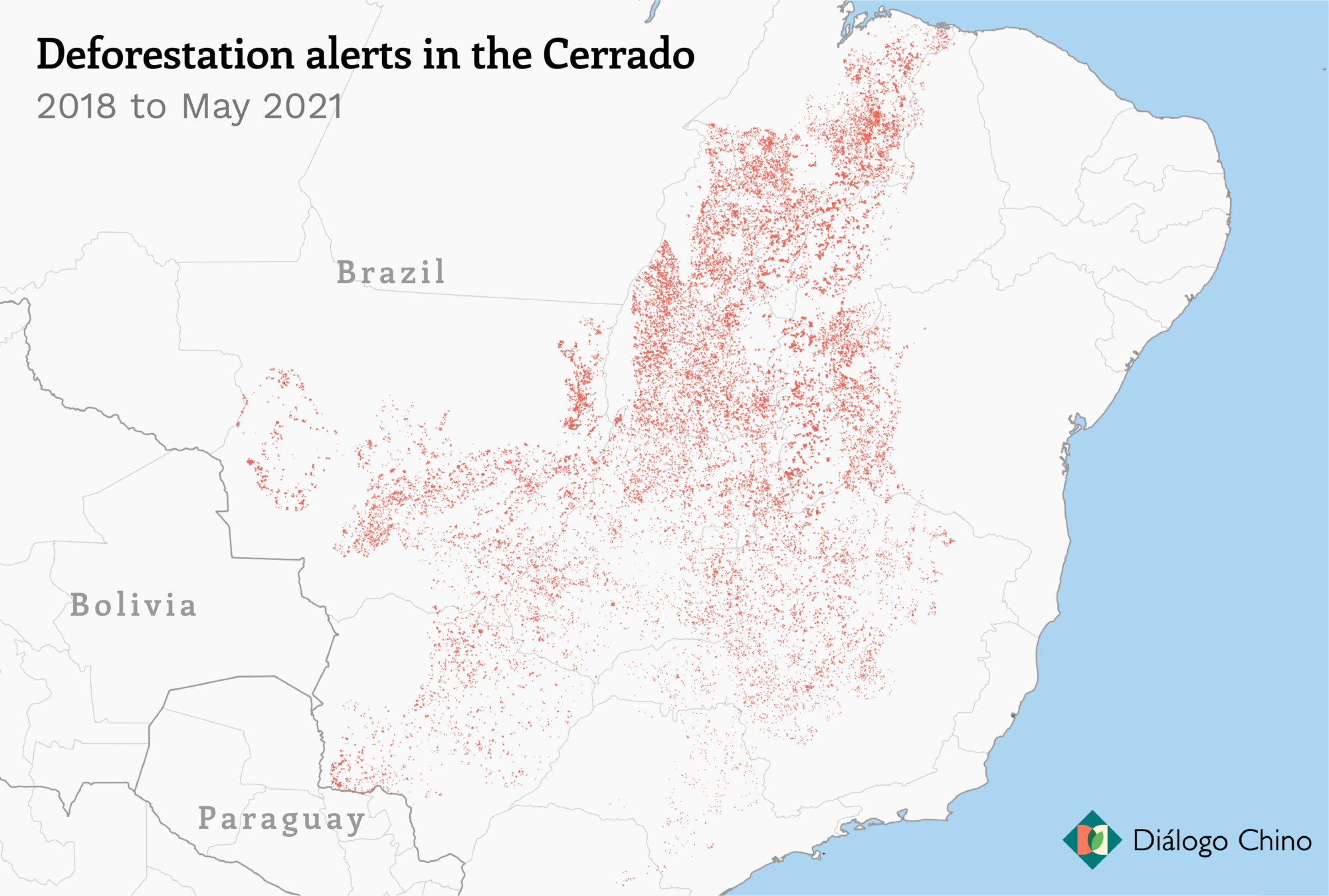
At least 7% of the soy that the EU imported from Brazil in 2018 came from these states. While relatively low, the percentage represents 61% of all the EU’s exposure to deforestation risk, according to Trase.
“Neither importers nor consumers want to be associated with the destruction of nature,” Ribeiro says. “They expect exporters to adopt traceability strategies for their suppliers, cross-referencing Deter alerts and Prodes deforestation in recognised problem areas.”
Some 12% of soy farms in the Amazon and Cerrado do not have a CAR, according to a report by Trase and Brazilian NGO Imaflora. Two-thirds of these unregistered farms’ harvest is exported, mostly to China (39%) and the EU (12%).
In 2020, 74% of all Brazilian soybean exports went to China, according to the National Association of Cereal Exporters. European countries like Spain and Holland are in second place, with 4% each.
China’s Cofco has been working to increase the traceability of the Brazilian soy it buys and hopes to trace 100% by 2023, although that commitment lacked transparency. The company relies on satellite data from a private company.
Producers and consumers from all over the world rely on the Deter-Prodes data, Ribeiro says.
“Without knowing what is happening on the farms, without the information for independent traceability, the risk of importing countries buying irregular soy increases, which generates negative impacts on Brazilian agribusiness.”
